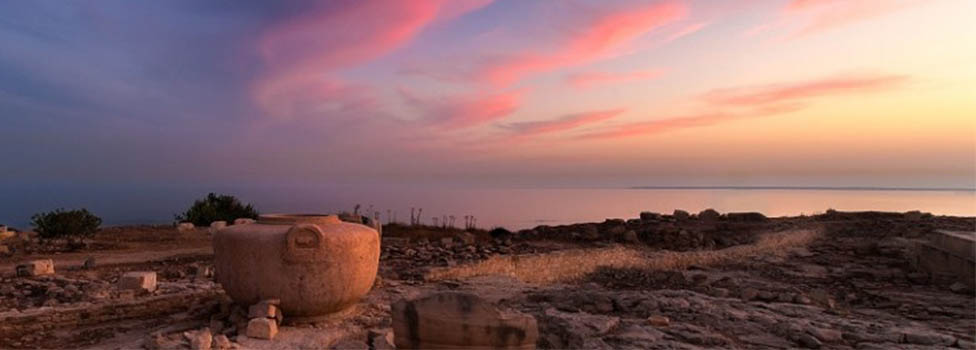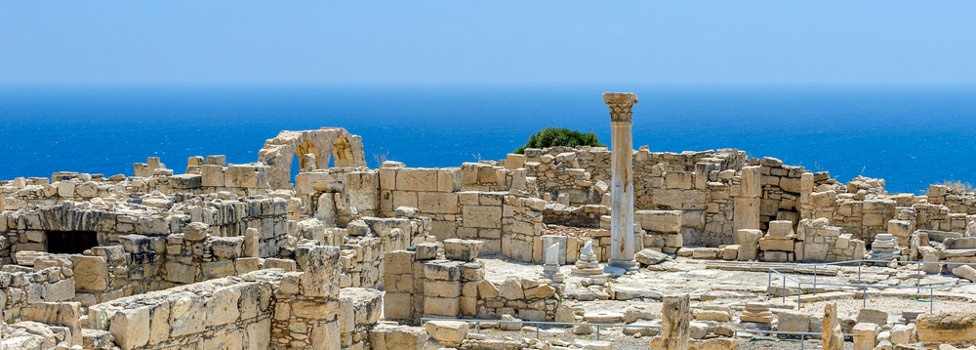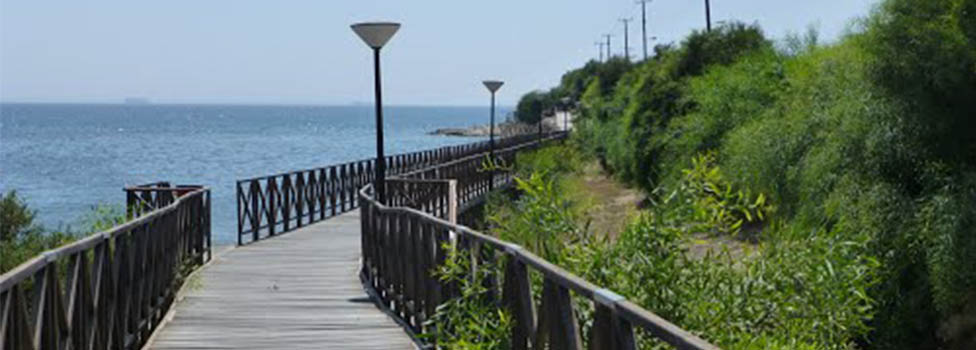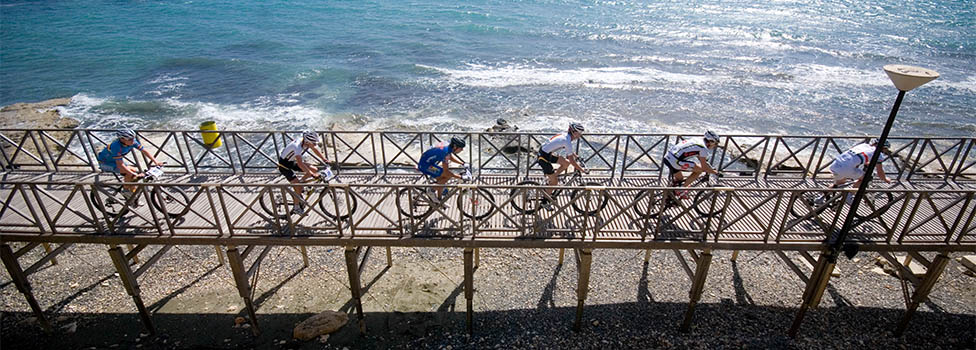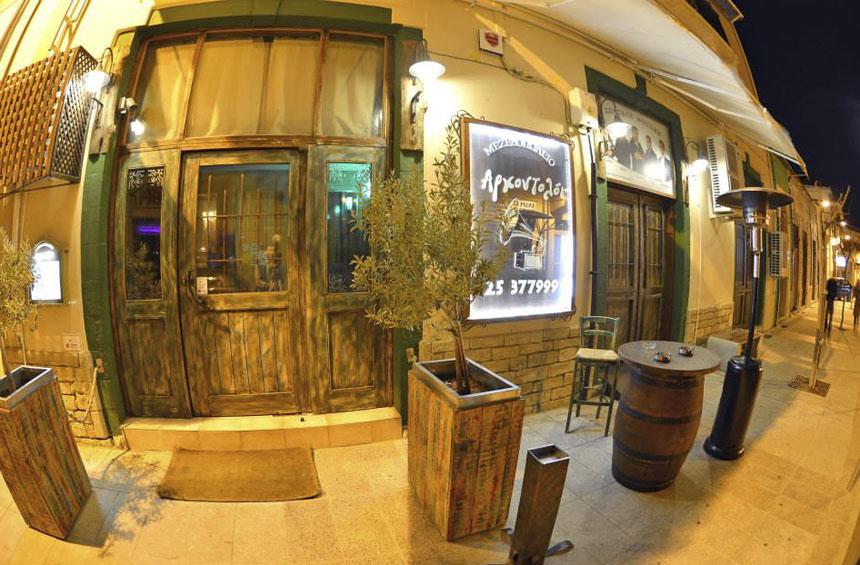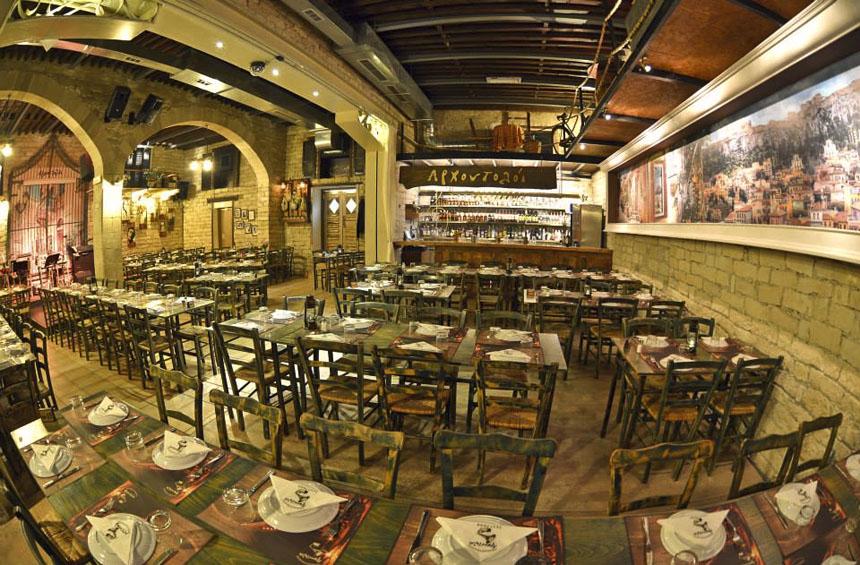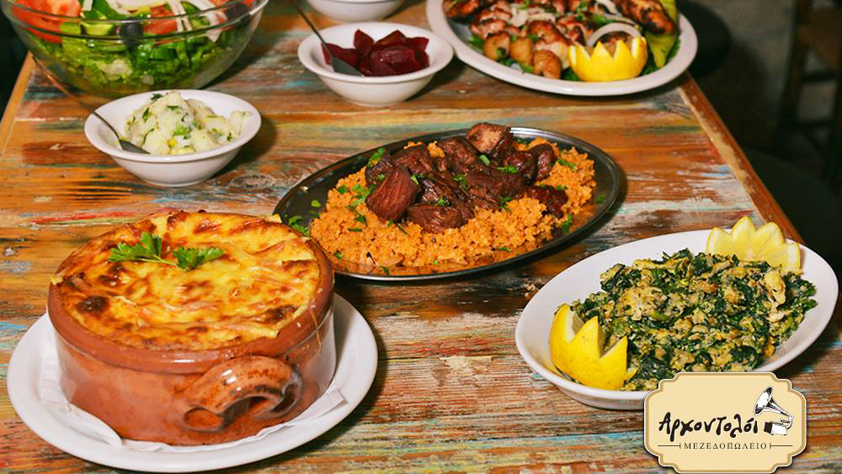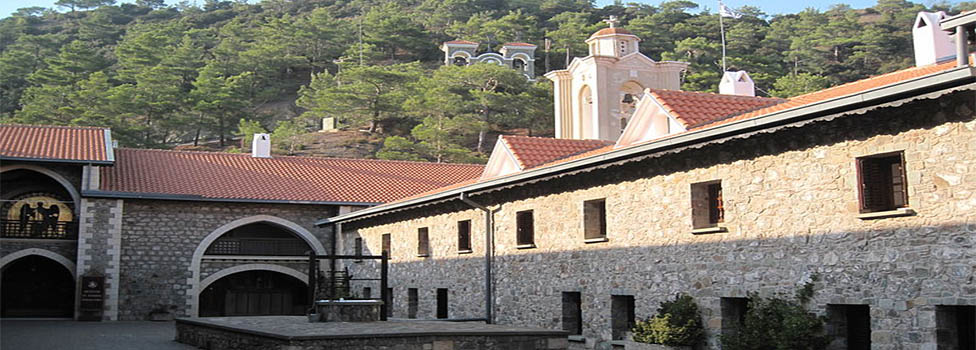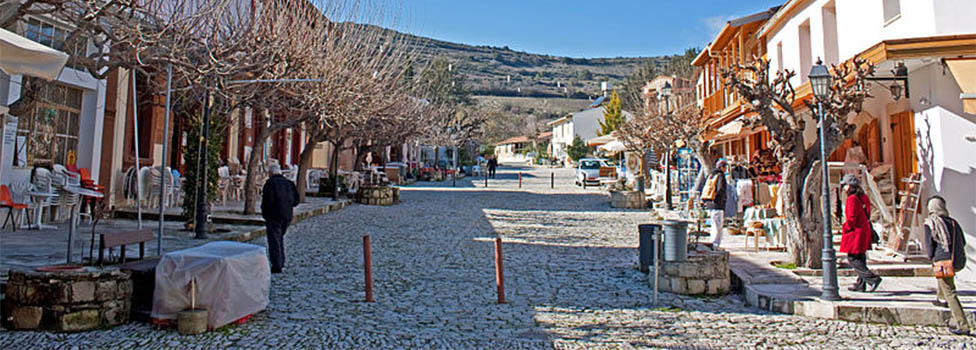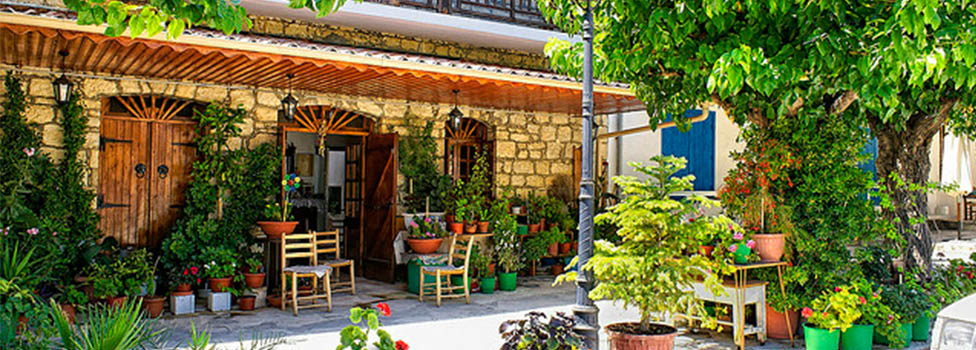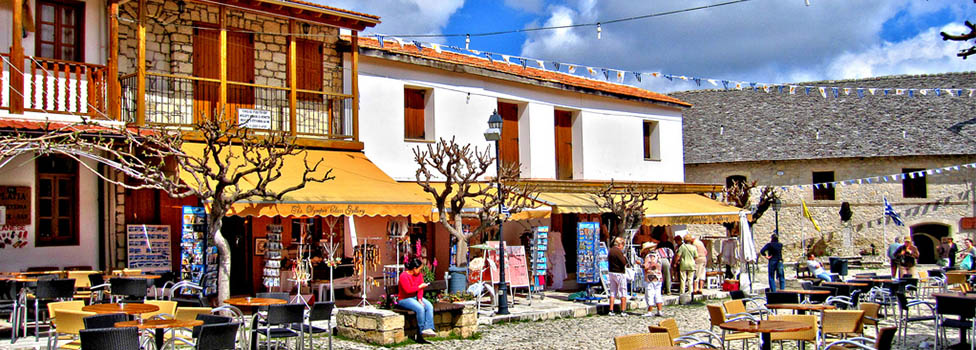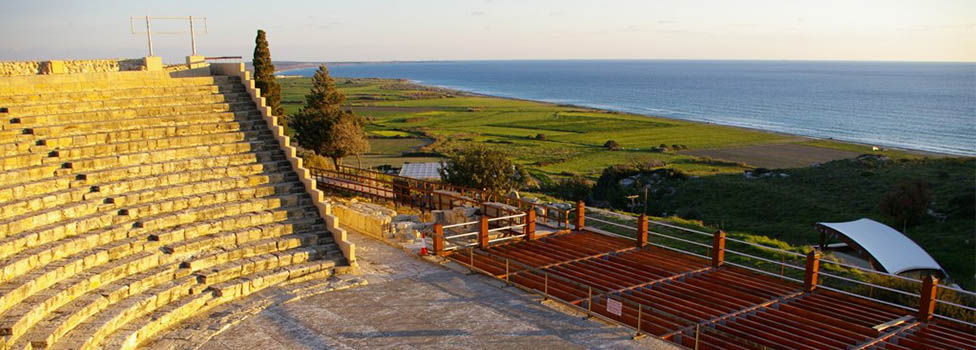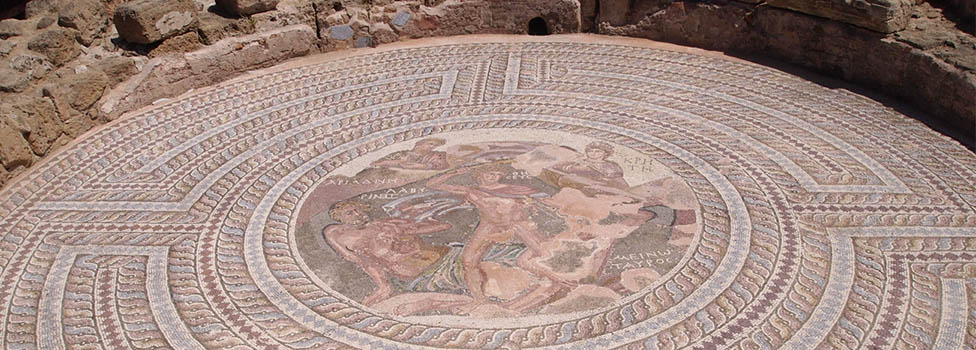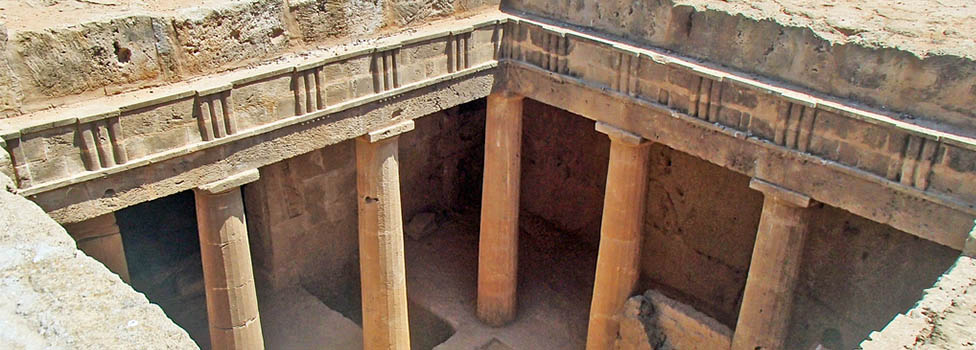Monday 14.11.2016:
Full day Paphos/Curium/Mosaics/Tombs of the Kings (8.30 am -17.00 pm).
RATES: (Net, per person): 70 euros (minimum 15 persons). CLICK TO REGISTER
Our first stop will be at the ancient site of Curium. Considered one of the most spectacular archaeological sites on the island, Curium was an important city kingdom where excavations continue to reveal impressive new treasures. Noted particularly for its magnificent Greco – Roman theatre, it is also home to stately villas with exquisite mosaic floors and an early Christian Basilica among other treasures. Originally built in the 2nd century B.C., Curium’s awe-inspiring theatre is now fully restored and used for musical and theatrical performances. The House of Eustolios, consisting of a complex of baths and a number of rooms with superb 5th century A.D. mosaic floors, was once a private Roman villa before it became a public recreation centre during the early Christian period. The early Christian Basilica dates to the 5th century and was probably the Cathedral of Curium, with a baptistery attached to the north face.
We continue on to Paphos. All sites visited in Paphos today are included in the official UNESCO List of Cultural Heritage. Paphos was the Roman capital of Cyprus and it was there, after seeing God perform a miracle through Paul, that the Proconsul Sergius Paulus was converted to Christianity in 47 AD. Cyprus was the first area to be ruled by a Christian. Our first stop is at the Pillar of St. Paul where the Apostle was bound and flogged. It is surrounded by the remnants of an early Christian basilica constructed in the 4th Century. The tour proceeds to the colorful and evocative Roman mosaics depicting mythological scenes mostly from the 3rd Century AD.
After lunch at the old harbour we visit the Tomb of the Kings – an ancient necropolis carved out of solid rock and given this regal name because of its imposing character. These underground pillared atria and chambers served as refuge for Christians during early persecutions.
On the way back to Limassol we will also see Petra tou Romiou an interesting geological formation of huge rocks off the southwest coast in the Paphos district and one of the most impressive natural sites in Cyprus. It is associated with Aphrodite, the Greek goddess of love and beauty. According to legend, this strikingly beautiful spot is where Aphrodite rose from the sea foam and floated ashore on a scallop shell to the rocks known as ‘Rock of Aphrodite’ or ‘Petra tou Romiou’ in Greek. The Greek name, Petra tou Romiou, “the Rock of the Greek”, is associated with the legendary Byzantine hero, Digenis Akritas, who kept the marauding Saracens at bay with his amazing strength. It is said that he heaved a huge rock into the sea, destroying the enemy’s ships. Return back to the hotel in Limassol.
-English speaking guide, all entrance fees and nice meze lunch are included.
-Drinks during lunch are not included.





